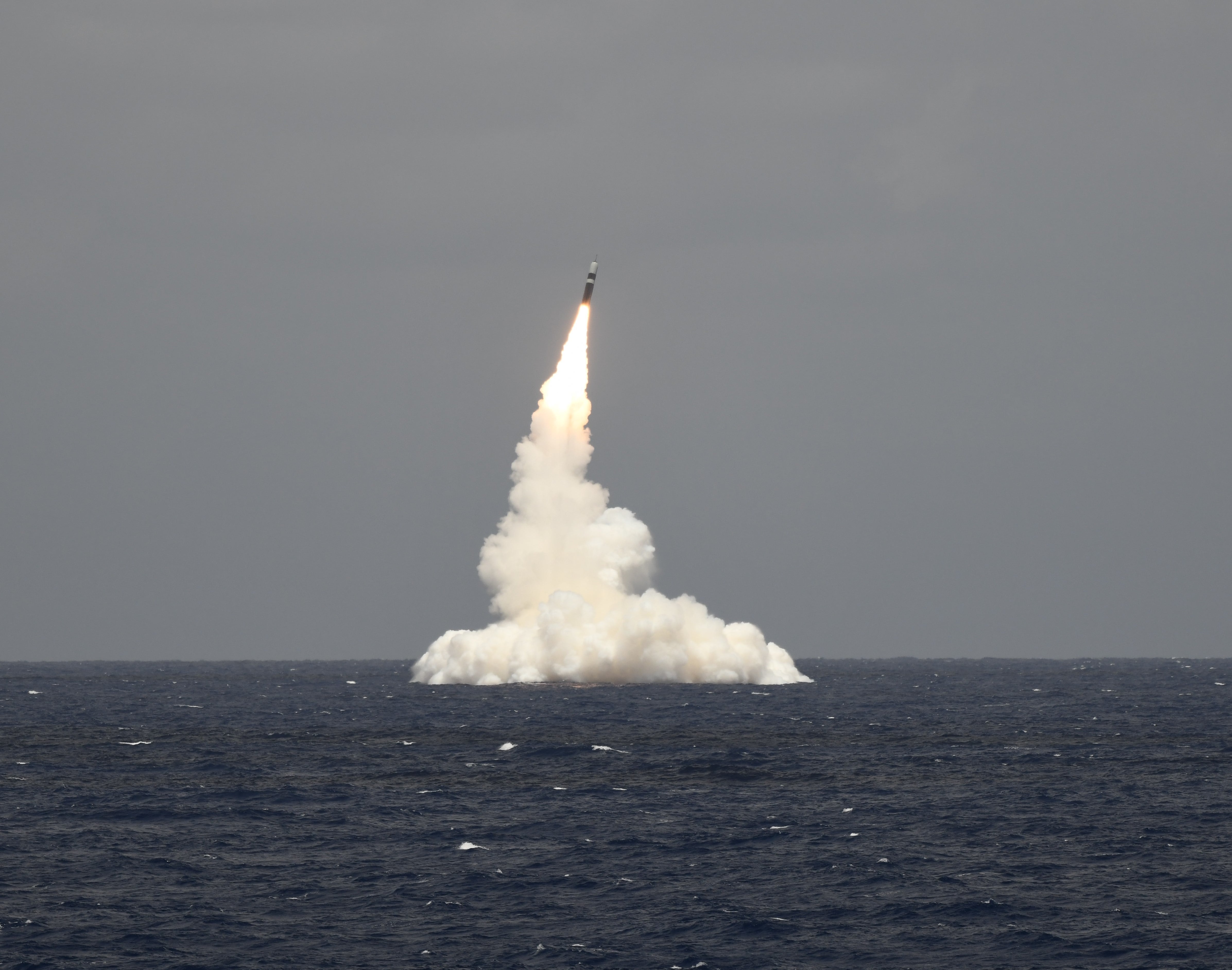In 2020, it would be out of touch with reality to deny that the risk of a nuclear exchange is on the rise because of strategic competition, technologies that open new escalation pathways, and the collapse of arms control.
Russia and China, as well as North Korea, all view strategic competition with the United States as having a nuclear dimension that is not confined to high-end warfare. Even if nuclear weapons are never detonated in a regional conflict, military planners need to anticipate that they will be used as tools for coercion, blackmail or brinkmanship.
But despite these rising risks, the United States does not have — and urgently needs — a methodical concept for managing escalation.
My colleagues and I in the Strategy and Policy Analysis program at the Center for Naval Analyses have yet to find any sign of a comprehensive escalation management framework that goes beyond deterrence, to incorporate tools such as the employment of military force and off-ramps — a gap that has been confirmed by our discussions within the Department of Defense and U.S. Strategic Command.
Rather than a comprehensive approach, the Pentagon and its strategic experts have focused on elements of escalation risk, such as the impacts of novel technologies and adversary views on escalation. But it is not enough to simply recognize and account for potential escalation thresholds and hope that your actions do not cross a tripwire. This approach misses the fact that there is value in taking calculated risks in times of crisis and war.
RELATED

Nor is it adequate to prescribe a set of universal courses of action to manage escalation across scenarios and adversaries. Such a one-size-fits-all prescription fails to recognize that escalation is interactive, context-dependent and perception-driven. There must be room for adaptation as events progress. But it would be equally unwise to enter any potential conflict without a strategy in mind for curbing potentially negative risks resulting from military operations.
All of which means it is past time the Department of Defense develop a real-world framework for managing escalation, one which illuminates the correct moments to take calculated risk while also providing clear direction to help policymakers and planners avoid unnecessary risk.
In a new CNA report, we attempt to address these requirements by proposing a novel escalation management framework to be used regardless of adversary or scenario. It first identifies the key objectives for escalation management: limit the conflict, achieve U.S. aims at the lowest cost, assure and protect allies, and de-escalate and ultimately end the conflict. Second, it articulates a broad set of tools that can be leveraged toward achieving those objectives: deterrence operations, military force, messaging, and off-ramps, or palatable alternative outcomes.
Between these objectives and tools, we set a five-phase process for vetting military options and their ability to leverage the tools towards these escalation-management objectives in a conflict with a nuclear-armed adversary. Each of the five phases poses a series of questions to evaluate a course of action under consideration.
For example, questions within the third phase analyze thresholds and flashpoints: What message about escalation would the U.S. aim to send by crossing a potential threshold? How might the U.S. employ the tools of escalation management — deterrence operations, military force, messaging and off-ramps — to reduce the risk of adversary escalation? What would be the strategic or operational risks of forgoing a particular course of action?
Explicitly addressing these questions can help decision-makers navigate a conflict by making informed, conscious choices about how to achieve their objectives while also encouraging an adversary to forgo using their full military means, including nuclear weapons.
Together, the framework of tools, objectives and the vetting process provide an anchor in a sea of uncertainty confronting defense planners.
The best time to think about how to deal with potential nuclear escalation is well in advance of confronting it. By integrating such a framework into the war planning process, courses of action that emerge as viable for managing escalation can be tested and refined during peacetime. While no escalation management framework can totally eliminate the risk of nuclear escalation, a methodical framework can help practitioners to proactively improve escalation management strategies in advance of confronting the risk of nuclear escalation.
The more proactively the U.S. works to improve its escalation management strategies in peacetime, the more effectively it can fight for its political and military objectives in a conflict — while avoiding escalation to a nuclear confrontation the world has strived to prevent for 75 years.
Madison A. Estes is a nuclear policy analyst at the Center for Naval Analyses and author of the recently released report “Prevailing Under the Nuclear Shadow: A New Framework for US Escalation Management.” She was a 2019 CSIS Project on Nuclear Issues Nuclear Scholar and is a Pacific Forum Young Leader.








